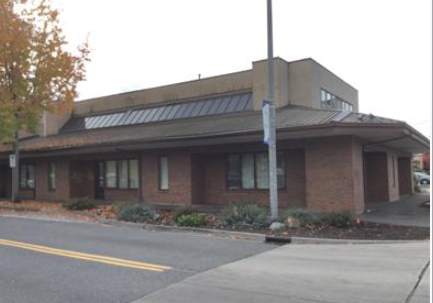Recent statistics bear a closer look. Seattle has now risen to 43 cranes leading the construction industry across the US. Seattle Mayor Durkin has proposed material cuts to balance the Seattle City Budget. Bellevue apartment rents, which had risen at the first of the year, are now falling in the neighborhood of 15% for the year to date and finally, revenue per room in the Tri County (Greater Seattle) hotel industry are down 78% while King County is down 80%, the Eastside is down 83% and downtown Seattle is down a whopping 90%.
Do statistics lie or do liars use statistics is a great question when we look at Seattle commercial real estate. Let’s start with the cranes. First, across the board, the Requests for Proposals, which is an indicator of demand for future construction is down markedly. Of the 43 cranes in Seattle 29 are residential projects, 6 are mixed use, four are commercial, three are civil, and one is health care. How many of these are related to buildings whose function is to serve the creation of jobs?
On the other hand, with declining rents on the Eastside and given that there is never equilibrium in the commercial real estate industry between supply and demand, there are millions of square feet of commitments for the construction on offices in Bellevue and the Eastside. The demand will clearly increase. The answer here is JOBS will be the cure.
The hotel industry on the other hand is not only a local problem but truly a national issue. The good news is that the projection for increase in demand will be a compounded rate of 14%. The bad news is that at this growth rate, it will take until 2023 to reach the dynamics and occupancy levels of 2019. You only need look at the average daily room rate being down close to 50% and occupancy rates down by anywhere from 56-81%.
The effect of all these factors materially impacts the future of the City of Seattle, the region’s bell weather national presence, and thus Seattle commercial real estate. We recently looked at this and related issues (link The First Leaves of Fall 2020) in terms of the budget for Seattle. We have looked at the impact of tourism on the $1.8 Billion Convention Center, which employs 1,000 workers and will run out of money next spring without a $300 Million Bridge Loan. What are the statistics really telling us? The City of Seattle is cutting, trimming, and tightening, and nowhere are they spending to cure the endemic problems relating to street crime, drugs, courts, and tourism. The funding for the Convention Center is based upon a room tax and that is not going to happen. The conclusion is simple, Seattle is in trouble and the flow of people, jobs, and capital, make it really interesting for smart commercial money to look at the outlying cities and Thurston, Pierce, and Snohomish Counties. Hang on, the roller coaster is just starting down in Seattle and we don’t know how long and fast the ride will be. Seattle Commercial Real Estate professionals watch the flood of listings and the ever-growing number of Price Reduced and retail vacancy listings. Statistics may lie, but the reality confronts us daily.




